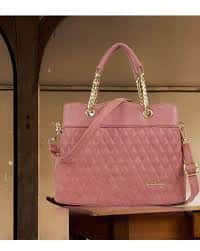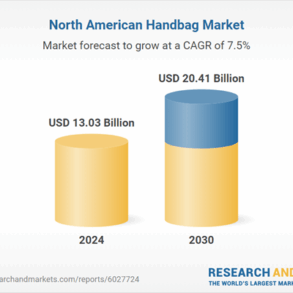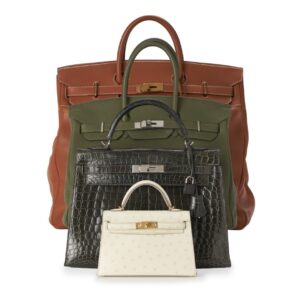
Zheng Weirong, a factory owner in Guangdong, China, observed a decline in orders due to a slump in China’s housing market. To protect his steel business, he shifted from producing metal bars to container-sized cabins used as guest houses in 2021, betting on a tourism revival. This pivot was successful as demand for these cabins surged following the lift of pandemic restrictions, with plans to increase revenue by 30% to around 130 million yuan ($18 million) despite an economic slowdown and weak consumer spending [para. 1].
The shift in Zheng’s business reflects broader changes in Chinese consumption patterns, with a growing preference for services over goods. Services are seeing increased spending, driven by the population’s pursuit of travel and high-quality experiences. This trend has significantly impacted industries like fashion and technology, where companies such as LVMH and Apple have experienced financial strain, leading to price adjustments [para. 5][para. 6]. In China, retail sales of services grew 7.5% in the first half of the year, compared to a 3.2% rise in goods sales. Services currently contribute about 50% to China’s gross domestic product, indicating substantial potential for growth compared to the U.S. or EU’s 75% [para. 5][para. 7].
Holistically, both central and local governments in China are prioritizing the stimulation of the economy through the enrichment of services. Recently, the State Council implemented extensive measures to bolster services including dining, tourism, and accommodation. This followed a Politburo meeting led by President Xi Jinping that emphasized service consumption as a central aspect of boosting the economy [para. 9][para. 10]. Analysts argue that despite the focus on technology and manufacturing, increased funding support for the services sector is crucial [para. 11].
Cities like Tianshui in Gansu province have seen a significant boost in tourism due to increased visibility and accessibility via high-speed rail networks. For instance, a viral video review of its street food led to a tourism income surge to 5.9 billion yuan over two months, double the town’s tax revenue for 2023 [para. 12]. There has also been a sales spike in outdoor gear and travel equipment, aligning with the growing trend of adventure and outdoor activities as people seek richer experiences following the pandemic [para. 13][para. 14].
Custom tours, allowing small groups to define their own routes and experiences, have also seen a tenfold increase in bookings, highlighting a preference for privacy and individualized travel [para. 16]. Regional governments are capitalizing on this opportunity, launching cultural and sports events to attract tourists. One example is Rongjiang county in Guizhou, which generated significant tourism revenue with a “village football league” that included soccer matches and ethnic cultural events [para. 17][para. 18].
However, consumer spending still faces constraints from modest income growth and declining home prices. An example is the lower per-person expenditure observed during a major holiday period this year, compared to pre-pandemic spending [para. 23]. Zheng and other service providers are maintaining stable prices despite rising costs, focusing on innovation and development to stay competitive [para. 26].
Zheng embodies the broader consumption shift towards practicality and durability. Preferences are moving from luxury goods like Maybachs and Mercedes-Benz to domestic new-energy vehicles, illustrating a nuanced approach to perceived consumption upgrades which don’t necessarily involve spending more money [para. 27].
AI generated, for reference only
This post was originally published on this site be sure to check out more of their content.


































